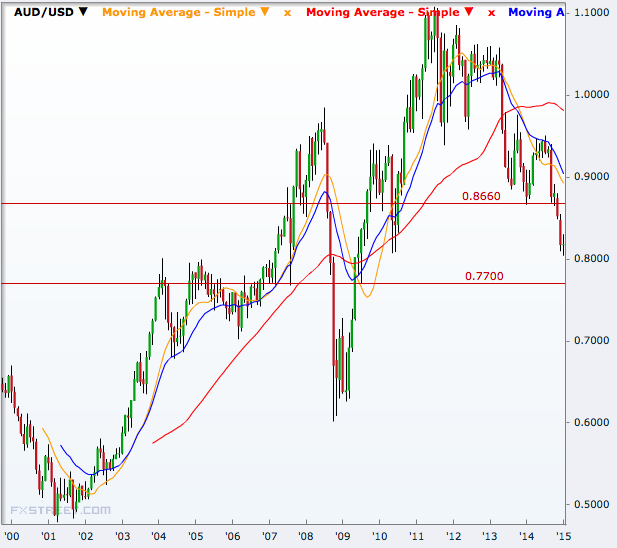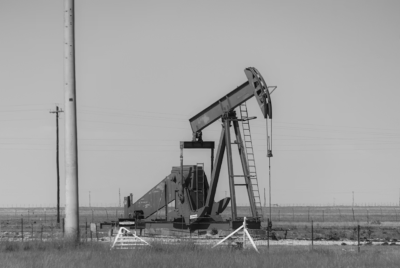Aussie dollar falls amid increasing China slowdown concerns, greenback rally

The Australian dollar fell on Tuesday after data showed that China expanded less than expected on quarter in the last three months of 2014 while the International Monetary Fund has slashed its growth forecasts for the world's second largest economy.
Australia depends heavily on its commodity exports to China, so a slowdown there is Aussie dollar-negative.
AUD/USD dropped to 0.8159, down from the previous close of 0.8210, and moving closer to 0.8032, the five-year low touched on 7 January.
A stronger greenback on the day also weighed on the Australian currency. The USD index had risen to 92.89 from the previous close of 92.55.
China's GDP growth in the fourth quarter was 7.3% from a year earlier, higher than market consensus of 7.2%, and unchanged from the Q3 rate of 7.3%. The sequential rate fell to 1.5% from 1.9% when analysts were expecting 1.7%.
The IMF in its January estimates has slashed growth projections for China citing slowing investment growth. China will expand 6.8% in 2015 and 6.3% in 2016, IMF said on Tuesday, cutting its October forecasts of 7.1% and 6.8% respectively.
Another number released from China were mixed with industrial production growth rising to 7.9% in December from 7.2% from the previous month, beating market forecasts of 7.4%.
At the same time, urban investment growth slowed to 15.7% from 15.8% when the consensus was for a repeat of the November rate.
For the coming days, the market is more keen to watch the European Central Bank policy review rather than the Australian numbers like Westpac consumer confidence and inflation expectations for January, scheduled for Wednesday and Thursday.
If the ECB, as the market currently expects, expands its bond buying program in the 22 January meeting, more aggressive euro selloff and greenback rally will follow which will spill over to other actively traded currencies like the Aussie dollar.
In such a scenario, the AUD/USD pair will next aim 0.7700 on the downside, and if the ECB action doesn't surprise on the dovish side, the pair could rebound, targeting 0.8660.
© Copyright IBTimes 2025. All rights reserved.


















